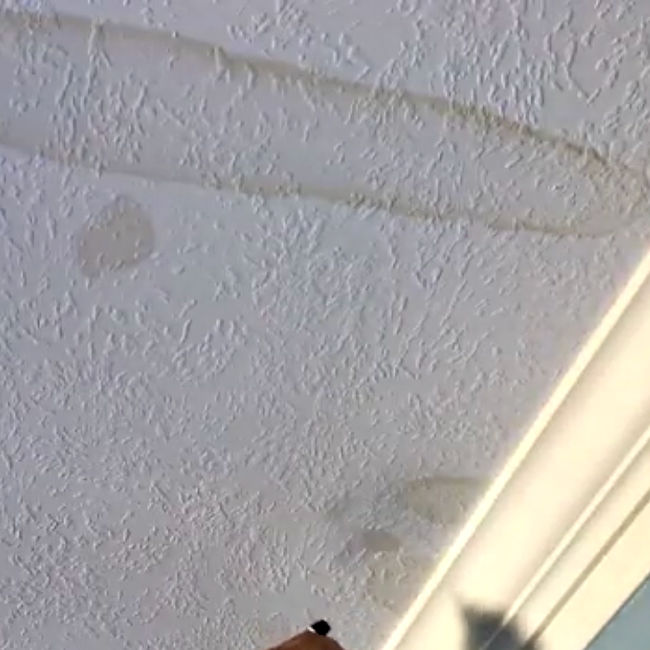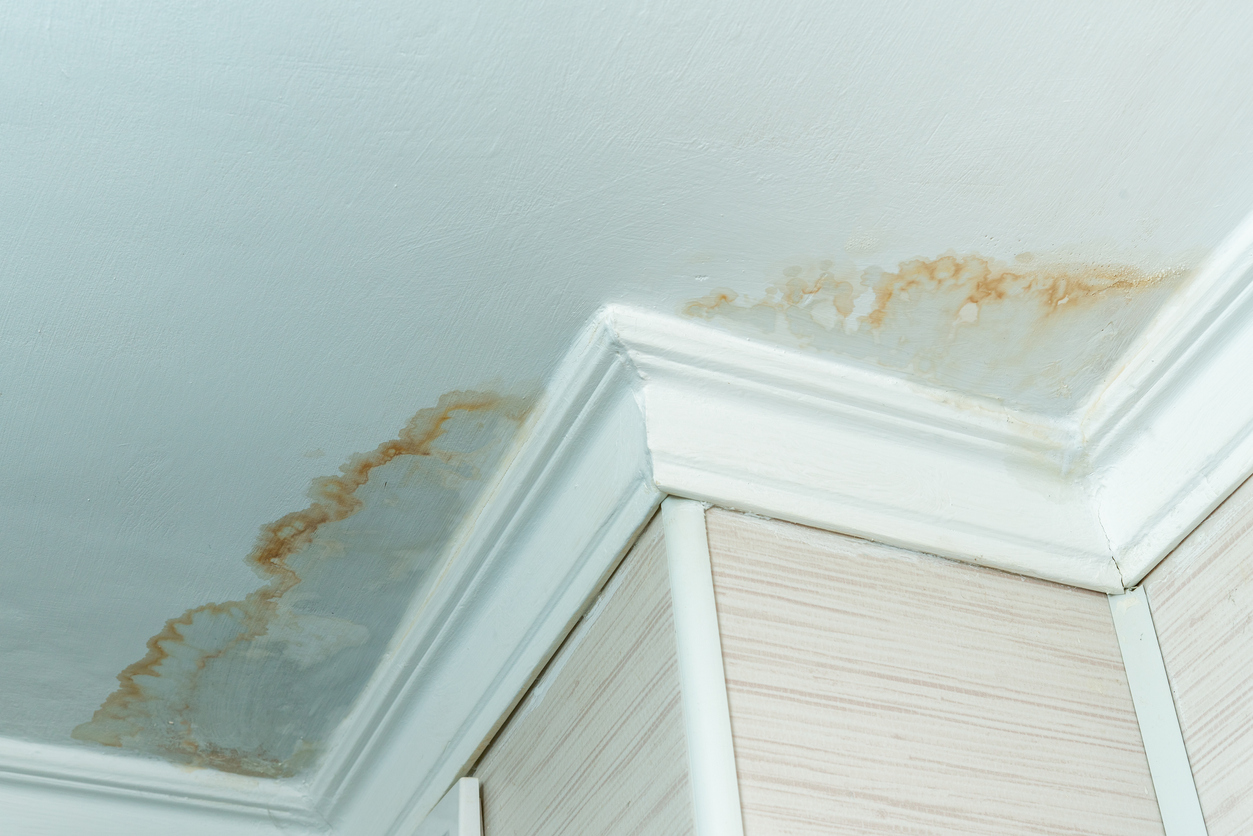The writer is making several great observations on the subject of Water Stains on Walls in general in this great article beneath.

Water spots on wall surfaces are not positive to the eyes. In some cases it appears almost inescapable to experience water stains on walls in houses.
House owners living in damp areas frequently deal with the worry of water spots on wall surfaces. That does not have to be the situation for you. With exact and also all-round info on the root causes of water spots as well as prompt repair procedures, you will certainly always be an action ahead of such occurrences. This short article assures to be a valuable guide for you.
3 Common Root Causes Of Water Discolorations on Wall Surfaces
As opposed to popular belief, water spots on wall surfaces do not constantly come from inadequate structure materials. There are numerous root causes of water spots on wall surfaces. These consist of:
Damp
When warm moist air meets dry cool air, it triggers water droplets to form on the wall surfaces of buildings. This occurs in bathrooms and also kitchens when there is heavy steam from cooking or showers. The water droplets can discolor the bordering walls in these parts of your residence and also infect other areas.
Wet or condensation influences the roof and also wall surfaces of structures. When the wall surface is wet, it produces a suitable environment for the development of fungi and also germs.
Poor Drain
This will prevent water from seeping into the wall surfaces. This links to excessive wetness that you see on the walls of your structure.
So, the leading root cause of damp walls, in this case, can be a bad water drainage system. It can likewise be because of bad administration of sewer pipelines that run through the building.
Pipe Leaks
Most houses have a network of water pipes within the walls. It constantly boosts the viability of such pipes, as there is little oxygen within the walls.
A disadvantage to this is that water leakage influences the wall surfaces of the structure and also creates extensive damages. A dead giveaway of damaged pipelines is the look of a water discolor on the wall surface.
Pro Pointer
A houseplant in your house also enhances its moisture. So, if your house is already humid, you might want to present houseplants with marginal transpiration. An instance of suitable houseplants is succulents.
Water Spots on Wall Surface: Fixing Tips
When dealing with water discolorations, home owners would usually desire a fast solution. Yet, they would certainly quickly recognize this is detrimental as the water spots repeat. So, here are a couple of practical suggestions that will certainly direct you in the fixing of water spots on walls:
Final thought
No one wants to have water stains on wall surfaces in their residence, it can take place to the ideal of us. This post gives you utilize, as you currently know just how to handle this problem if it does take place.
It is constantly best to hire expert solutions to aid repair the problems in your home.
In some cases it seems almost unavoidable to experience water stains on walls in residences.
In contrast to prominent idea, water stains on walls do not constantly stem from poor building materials. There are several causes of water spots on wall surfaces. The water beads can tarnish the surrounding walls in these parts of your house and spread to various other areas.
Here are a few valuable suggestions that will assist you in the fixing of water discolorations on walls:
CHECKING FOR WATER DAMAGE
Water damage can be costly, and it may begin before you even notice the first signs of trouble. Water damage can cause mold and mildew in your walls and floors, which can create an abundance of health concerns for your family. It can also lead to costly repairs of various appliances and general home fixtures. To avoid the pricey consequences of water damage, here are Warner Service’s top 5 places you should check:
The walls – The easiest place to spot the beginnings of water damage is on the walls and ceilings of your home. If water damage is present, there will most likely be water stains, especially around the windows and doorframes, and/or cracks in the drywall. If a stain looks unusual (discolored to brown, black or gray, raised texture), has a swollen appearance or is soft to the touch, contact a professional immediately. The pipes – To avoid water damage, consistently check the pipes in your kitchen (especially the dishwasher and ice maker), bathrooms, laundry room (specifically washing machines) and basement for corrosion, leaks and water stains. Pay special attention to where the pipes connect in your home and the location of caulking around the bathroom fixtures, including toilets, sinks, showers and tubs. Missing or loose caulking and grout could be signs of leaking water. This seepage can also quickly cause mold and rust, so double check your water heater and tank for wet spots on the floor. The floor – Water damage is very easy to spot on the floor. Look for any warping or buckling of the material, especially in the basement. If your home has wood flooring, look for bright white or dark stains. If your home has carpeting, keep it dry and clean. A damp carpet that smells of mold could cause water damage and health problems. To avoid this, consider installing floor pans under your appliances to help prevent damages from small, slow and undetected leaks. The basement and attic – If your basement or attic smells odd check for mold and mildew around the area, especially the valley where the roof meets. While you are inspecting those areas, check for wall cracks, floor stains, rust and dampness in the insulation. If you live in a colder and/or rainier climate, perform routine checks for water damage from melting snow or ice and rain. The exterior – Check the roof for damaged flashing and missing, cracked or curled shingles. There should also be no standing water anywhere outside your home. This could be caused by puddles, leaky rain gutters or hoses, poor drainage, or short gutter spouts. Invest in a sump pump system or water flow monitoring system, and perform routine maintenance on these outdoor appliances to avoid indoor water damage.

As a fervent reader on , I assumed sharing that piece of content was sensible. Are you aware of somebody else who is occupied with the topic? Feel free to share it. We enjoy reading our article about .
Get it sorted!